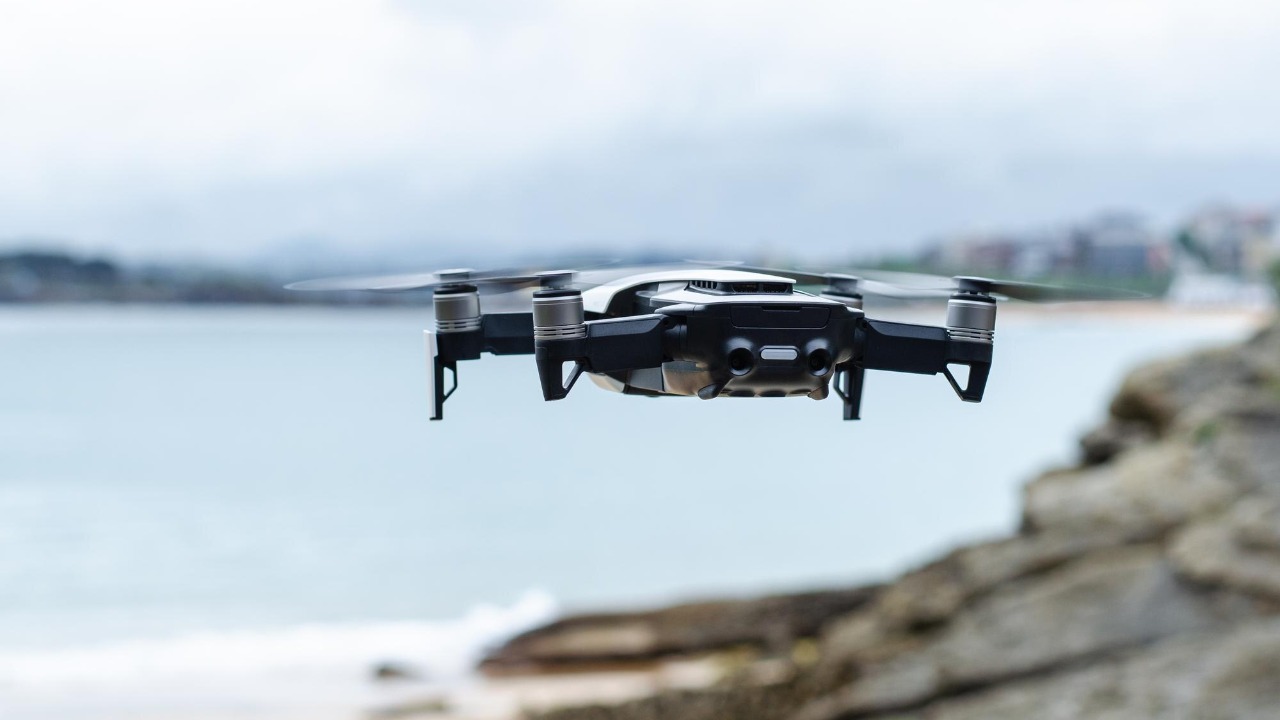
On October 15, 2025, the United States is advancing its military capabilities with the development of stealth micro-weapons, a move that could significantly alter the dynamics of modern warfare. These innovations, particularly in the realm of micro-drones, promise to enhance precision and reduce risks in combat scenarios, offering a strategic advantage without the exclusive reliance on traditional armaments. This development intersects with ongoing discussions about the role of nuclear weapons in U.S. grand strategy, as explored in a 2019 analysis, suggesting a shift towards more versatile and less destructive military tools.
Development of Stealth Micro-Weapons
The U.S. military is making significant strides in the development of micro-scale drones designed for stealth missions. These drones are engineered to evade detection systems due to their diminutive size and advanced stealth technologies. According to Popular Mechanics, these micro-drones are equipped with cutting-edge camouflage materials that allow them to blend seamlessly into their surroundings, mimicking environmental elements to avoid detection.
Initial prototypes of these micro-weapons have undergone rigorous testing phases, focusing on their ability to integrate into various combat scenarios. The use of advanced materials and technologies is crucial in ensuring these drones can operate undetected, providing a tactical advantage in covert operations. The timeline for their potential deployment is closely tied to ongoing research and funding efforts, which have been highlighted in recent reports, underscoring the military’s commitment to integrating these tools into its arsenal.
Technological Features Enabling Stealth
One of the key technological advancements in these micro-drones is their noise-reduction capabilities. These drones are designed to operate silently, flying below the audible thresholds detectable by humans or sensors. This feature is critical in ensuring that operations remain covert, minimizing the risk of detection during missions. The use of radar-absorbent coatings further enhances their stealth capabilities, allowing them to execute coordinated maneuvers as part of a swarm without being detected.
Additionally, these drones are powered by innovative micro-batteries that extend their operational range while maintaining their stealth profile. This advancement ensures that the drones can cover significant distances without compromising their invisibility, making them a formidable tool in modern warfare. The integration of these technologies highlights the military’s focus on developing sophisticated tools that can operate effectively in various combat environments.
Strategic Role in Modern Warfare
Stealth micro-weapons have the potential to disrupt enemy communications and supply lines through precise, low-visibility strikes. By targeting critical infrastructure and communication networks, these drones can significantly impair an adversary’s operational capabilities. This strategic advantage is particularly valuable in urban or asymmetric conflicts, where traditional military operations may pose higher risks to U.S. troops.
In scenarios where U.S. forces are engaged in complex urban environments, these micro-drones can provide a tactical edge by reducing the exposure of troops to hostile forces. Their ability to execute precise strikes with minimal collateral damage makes them an attractive option for military planners seeking to minimize risks while achieving strategic objectives. However, the deployment of autonomous stealth devices also raises ethical and escalation concerns, as their use in active theaters could lead to unintended consequences.
Integration with Broader U.S. Grand Strategy
The development of stealth micro-weapons is closely linked to the broader rethinking of nuclear deterrence strategies. As outlined in the 2019 analysis, these tools are positioned as non-nuclear complements that can maintain strategic superiority without expanding nuclear arsenals. This approach aligns with efforts to balance conventional and atomic threats, integrating emerging technologies into the U.S. defense posture.
The integration of micro-weapons into U.S. grand strategy reflects a potential shift in policy, where these advanced tools enhance overall defense capabilities. By providing a versatile and less destructive alternative to nuclear weapons, stealth micro-drones offer a means to achieve strategic objectives while mitigating the risks associated with nuclear escalation. This strategic pivot underscores the importance of innovation in maintaining military superiority in an increasingly complex global landscape.